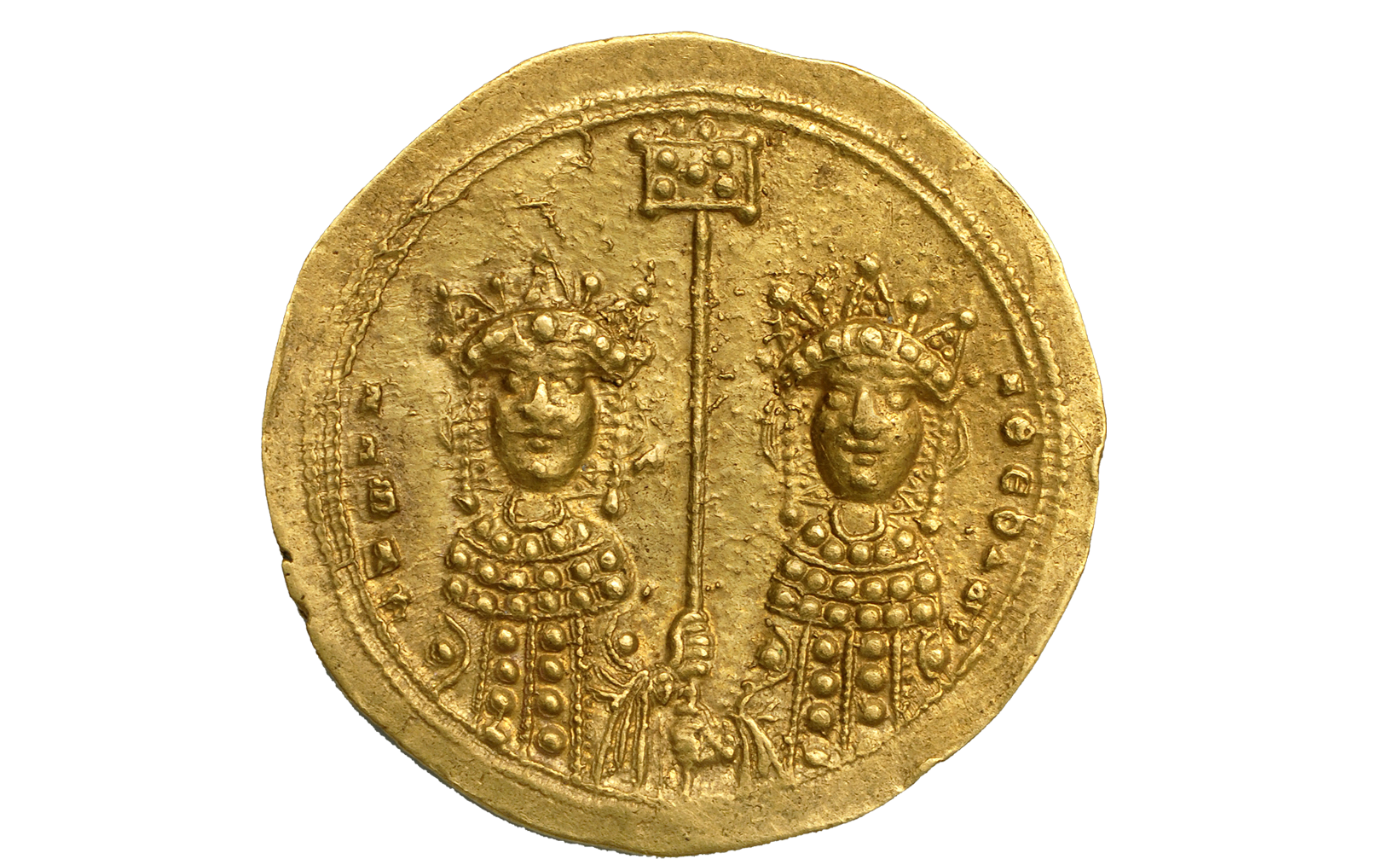Call for Papers Symposium 2: Women and Power – Swedish Research Institute at Istanbul – 8-11 September 2024

We welcome proposals for the second symposium of our project, which explores Harald Hardrada’s status as a frontier-crosser extraordinaire and uses it as a common thread to explore themes related to the Mediterranean, the Nordic world, and their connections in Harald’s times.
Harald left Norway in 1030, first finding refuge in Kievan Rus’ and then entering Byzantine service. He travelled along all Byzantium’s borders and across them in the Middle East and North Africa. He then returned to Northern Europe to claim the crowns of Norway, Denmark, and England, where he died at the Battle of Stamford Bridge in 1066.
This symposium explores how powerful women shaped Harald’s formative travels, from Ingegerd of Sweden in Kievan Rus’ to Empress Zoe of Byzantium and Rasad in Fatimid Egypt. Yet This symposium will also be an opportunity to develop a wide-raging discussion and comparison on the broad theme of women and power across the varied cultures with which Harald interacted.
Proposals for papers on those themes are welcome from postgraduate students as well as established scholars. They should include participants’ names, affiliations, contact details, the proposed title, and an outline of no more than 500 words. Please submit proposals by 3 March 2024 to gianluca.raccagni@ed.ac.uk. Postgraduate students and postdoctoral researchers with accepted proposals will receive logistical support during the symposium.




Recent comments